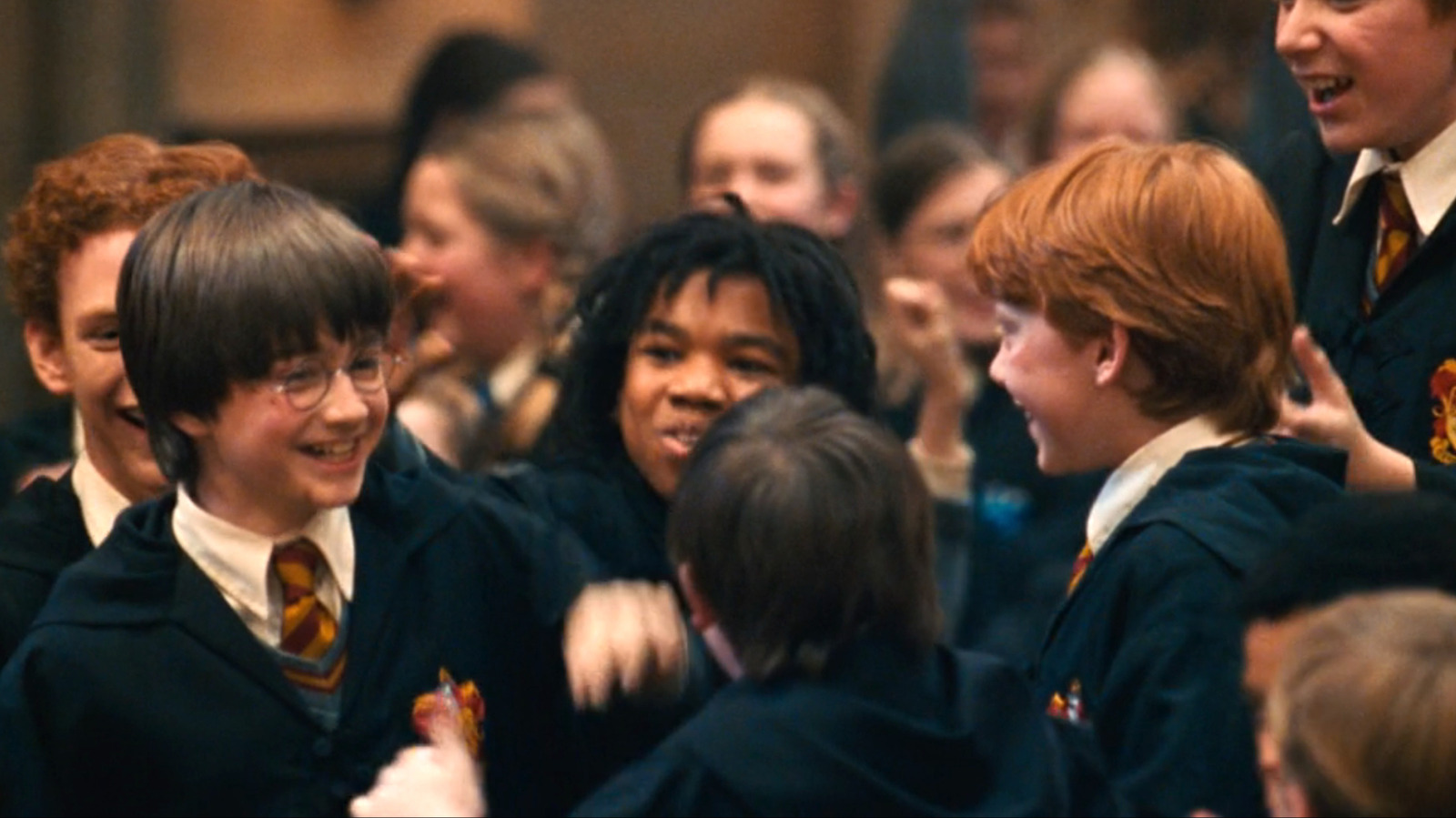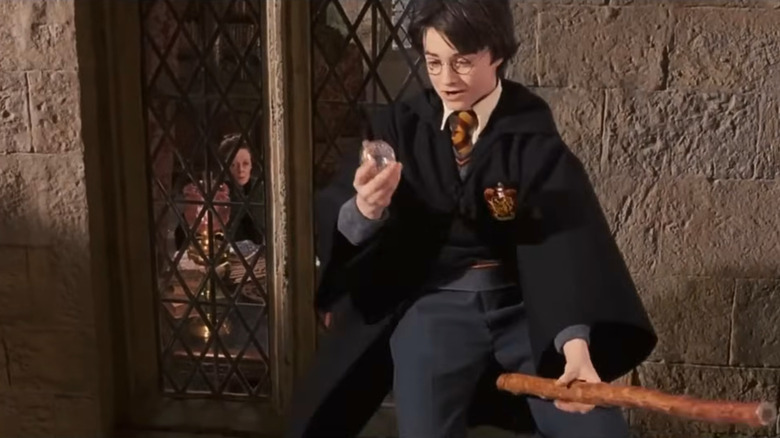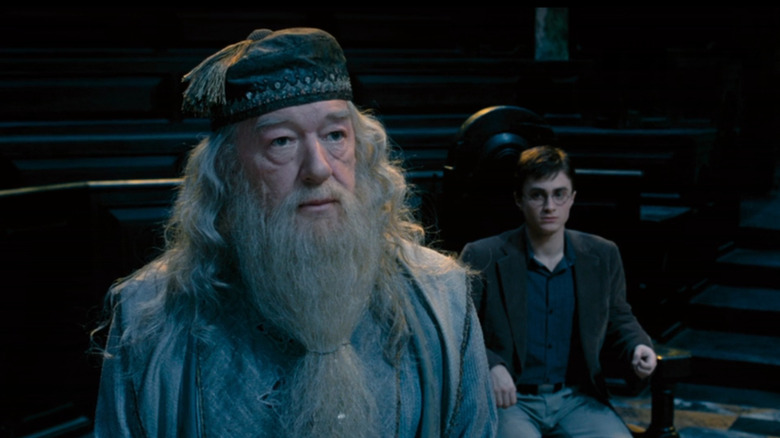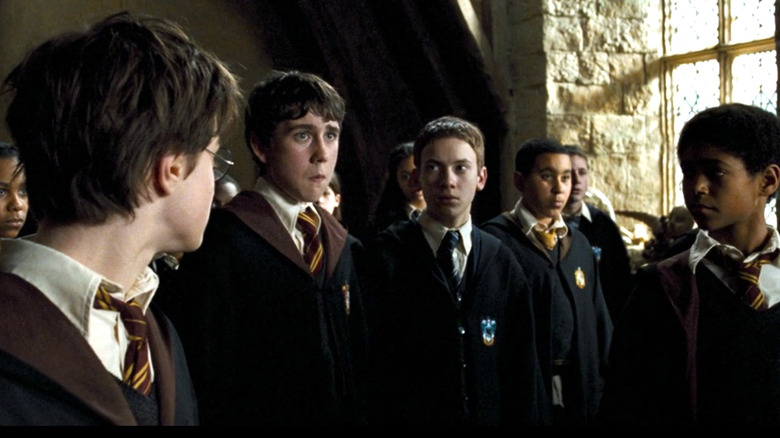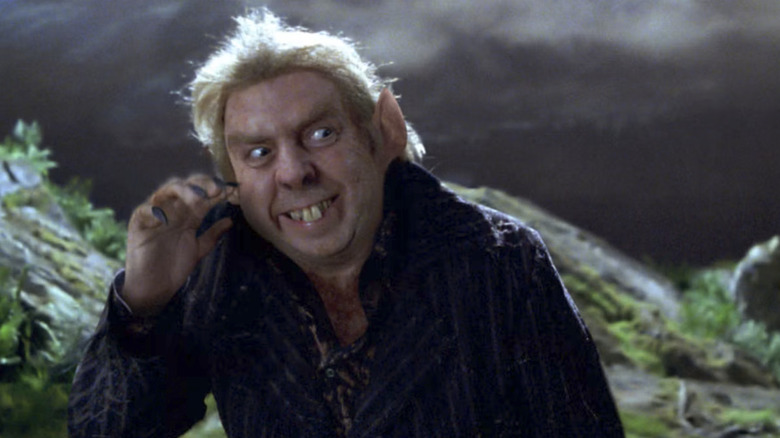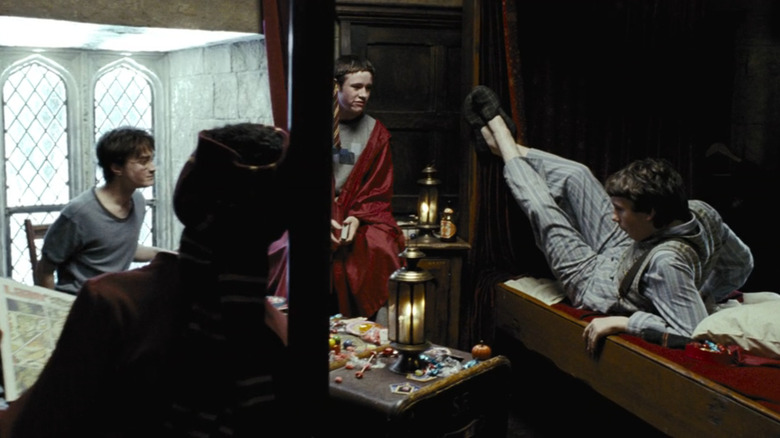relegated to the sidelines, Gryffindor is front and center for all seven books. Gryffindor is the house the titular Harry Potter is sorted into, along with his two close friends Ron and Hermione.
At the end of the first book/movie, when Gryffindor enjoys a surprise victory in the school’s annual good behavior competition (called the House Cup), the reader is expected to cheer along with the Gryffindors. Even though the means by which they win are ridiculous — the schools’ Gryffindor headmaster gives them a bunch of points at the last second — the Gryffindors are the Good Guys, so the audience is expected to handwave the clear favoritism away. The Hufflepuff and Ravenclaw students are also shown cheering for Gryffindor’s win, giving the reader tacit permission to ignore the unfairness of the situation.
If you’re new to the “Harry Potter” series, you may be wondering what’s so good about the Gryffindors anyway. Why do they get such special treatment in this story? Why didn’t Rowling put Harry into some other house instead? Well, the main reason she chose Gryffindor is because of the house’s primary trait, a trait that is exactly what the protagonist in a children’s book series should always have … bravery.

